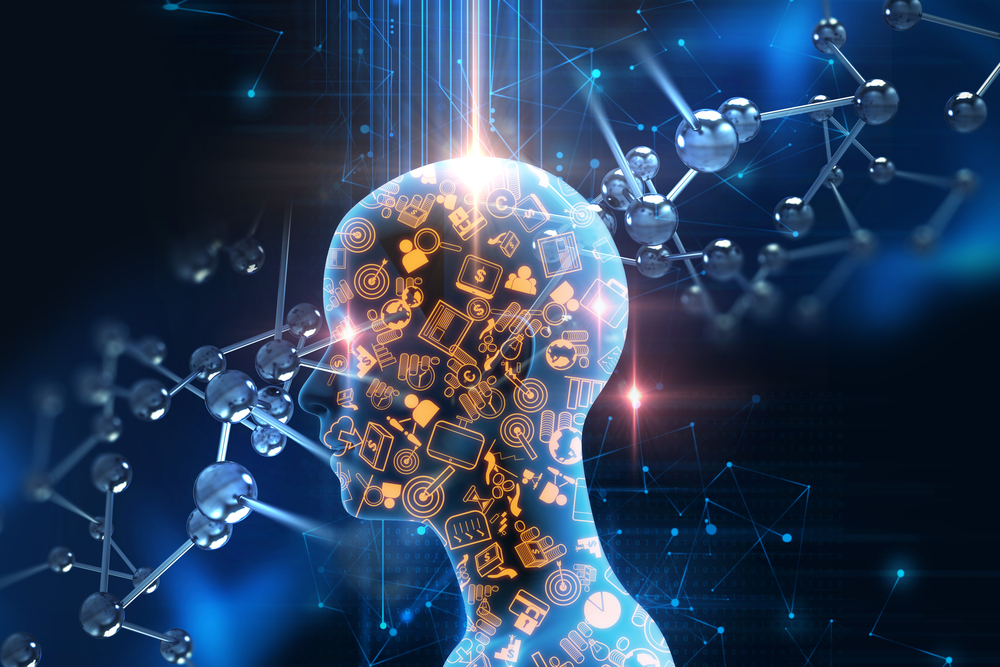Artificial intelligence refers to the process by which certain machines are able to demonstrate the capacity to learn from their environments and make decisions based on a variety of factors to achieve goals, in much the same way humans do. In the short video attachment you can learn about the Turing test, which is used to determine whether a machine can be defined as intelligent or not.
Technological advances mean that we are increasingly developing machines that have this capability and AI is beginning to permeate everyday life in many different ways. Matthew Ledvina has read extensively on the topic of AI, with particular focus on how AI could potentially replace many white-collar workers in the near future. As AI becomes more and more prominent, some are calling for implementation of what they call the Shared Benefit Principle.
The Shared Benefit Principle
The Shared Benefit Principle is part of the 23 Asilomar AI Principles. These principles were developed to act as a guideline for continued research into and production of artificial intelligence, with a focus on creating opportunities to empower and help as many people as possible in the years and decades to come.
The Shared Benefit Principle revolves around the idea that AI should be developed in such as way as to provide benefits to as many people as possible, rather than just the creators or those that can afford to buy it.
Artificial intelligence has the capability to create great advances in fields such as medicine, which proponents of the Principle believe should be available to all people. In the PDF attachment you can see some of the ways in which many of us already find ourselves interacting with intelligent machines in the course of our day.
Income Inequality
The huge disparity in income between the world’s richest and poorest people is cited by supporters of the Principle as a fundamental reason why we need a cultural shift when it comes to AI. As things stand, the eight richest individuals on the planet have a combined wealth equal to that of 3.6 billion individuals who make up the poorest half of the world. Without proper preparation for AI, supporters argue, that huge level of inequality will only get wider. Those who benefit from AI will likely do so not just economically, but also through having access to significantly better healthcare resulting in longer life expectancy, along with many other opportunities.
Technology for Everyone
Historically, our approach to new technologies has been that those who design them retain ownership and are therefore able to control who they benefit and how they are distributed. This means that the creators can choose who they wish to hold the advantage, with many clearly likely to opt to benefit those who can pay well for the privilege. Advanced artificial intelligence, however, has the potential to be so powerful that many argue this approach will no longer work. The challenge would come with how to implement the Shared Benefit Principle as policy, with concerns over utilitarianism and consequentialism needing to be addressed.
White-Collar Jobs Replaced by AI
Another factor causing concern for many in terms of AI in recent years has been the replacement of white-collar jobs by machines. Internet retail giant Amazon is a prime example. Automation was introduced in the warehouses many years ago, but now robots are taking the place of individuals who previously commanded salaries in the six-figure bracket. Software that can accurately predict what individual consumers want and how much they are reasonably willing to pay for it has slowly begun to replace high-earning individuals who used to negotiate with major brands for multi-million dollar deals. The infographic attachment explores more uses of AI in business.

